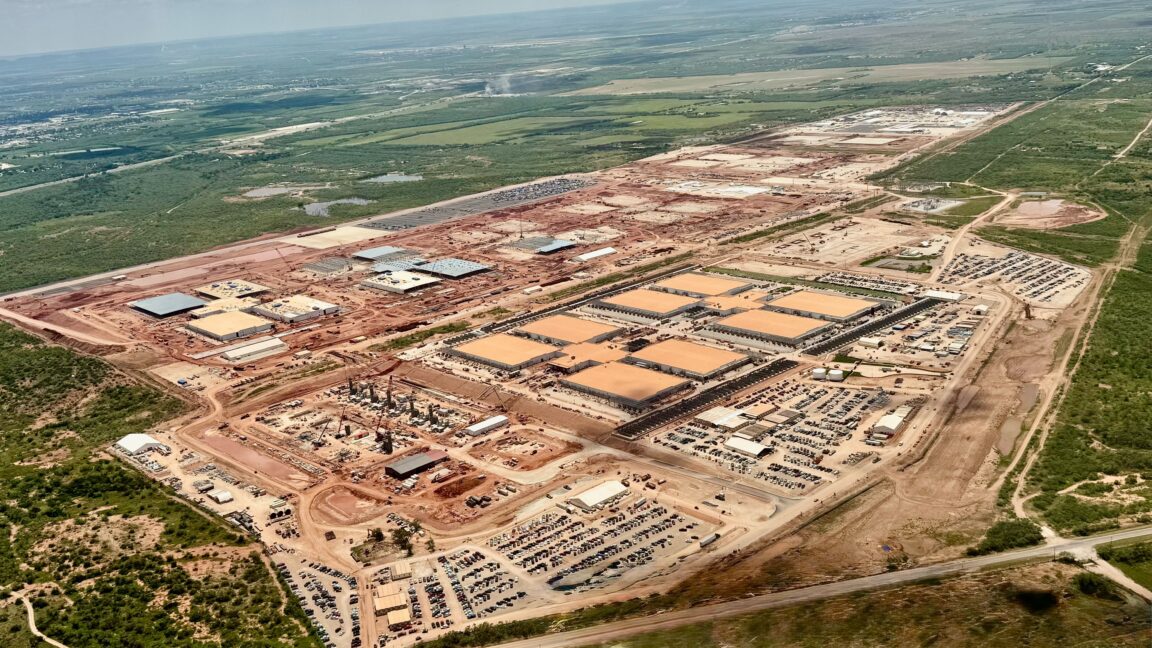OpenAI's Expanding Data Center Needs and Complex Financial Ties with Nvidia and Oracle

Key Points
- OpenAI plans to operate six giant data centers for next‑generation AI models.
- Nvidia pledged up to $100 billion to supply GPUs for OpenAI's workloads.
- Oracle is reportedly engaged in a $30 billion‑per‑year build‑to‑lease deal with OpenAI.
- The financing arrangements create a circular flow of capital between AI developers and infrastructure providers.
- Critics label the structures as complex financial engineering that may amplify risk.
- Potential shift from GPU sales to leasing adds another layer of complexity.
- Industry observers warn of a possible AI bubble if demand falls short of projections.
- Repurposing data‑center capacity could mitigate losses in a market downturn.
OpenAI is planning to operate six giant data centers to support its next‑generation AI models. The effort requires massive amounts of specialized hardware, prompting large‑scale financing arrangements with Nvidia and Oracle. Nvidia has pledged up to $100 billion in investment, while Oracle is reportedly engaged in a $30 billion‑per‑year deal to build facilities that OpenAI will lease. Critics describe these structures as circular financial engineering that could amplify risks if AI demand falls short, raising concerns about a potential bubble in the AI infrastructure market.
Scaling AI Infrastructure
OpenAI’s ambition to run six massive data centers reflects the growing computational demands of training and operating advanced AI models. The process relies on thousands of specialized chips that must run continuously for months, a requirement that far exceeds the capacity of existing cloud resources.
Financial Partnerships with Nvidia and Oracle
To fund this expansion, OpenAI has entered into high‑value agreements with two of the industry’s biggest infrastructure providers. Nvidia announced an investment of up to $100 billion to supply the GPUs that power OpenAI’s models. Simultaneously, Oracle is said to have secured a $30 billion‑per‑year arrangement in which it will construct data‑center facilities that OpenAI will pay to use.
Circular Investment Structures
Observers note that these deals create a circular flow of capital. Nvidia’s investment is expected to be reinvested into its own hardware, while Oracle’s build‑to‑lease model ties the provider directly to its biggest customer. Some analysts describe the structure as an “accounting maneuver” that blurs the line between genuine economic investment and financial engineering.
Potential Shifts in Deal Terms
Recent reports suggest Nvidia may move from outright sales to a leasing model, creating a separate entity that purchases GPUs and then leases them to OpenAI. This adds another layer of complexity and reinforces concerns about the sustainability of such financing arrangements.
Risks and Market Sentiment
Critics, including technology commentators, warn that the heavy reliance on debt‑financed hardware purchases could leave companies vulnerable if AI demand does not meet the lofty projections. The situation mirrors earlier tech bubbles, where over‑investment in infrastructure later required repurposing to avoid massive losses. OpenAI’s leadership has acknowledged the possibility of a significant financial correction in the AI sector.
Future Outlook
If the AI market stabilizes, the newly built data centers could be redirected toward other workloads such as cloud services or scientific computing. However, the scale of the current investments means that any downturn could result in substantial financial strain for both the AI developers and their infrastructure partners.